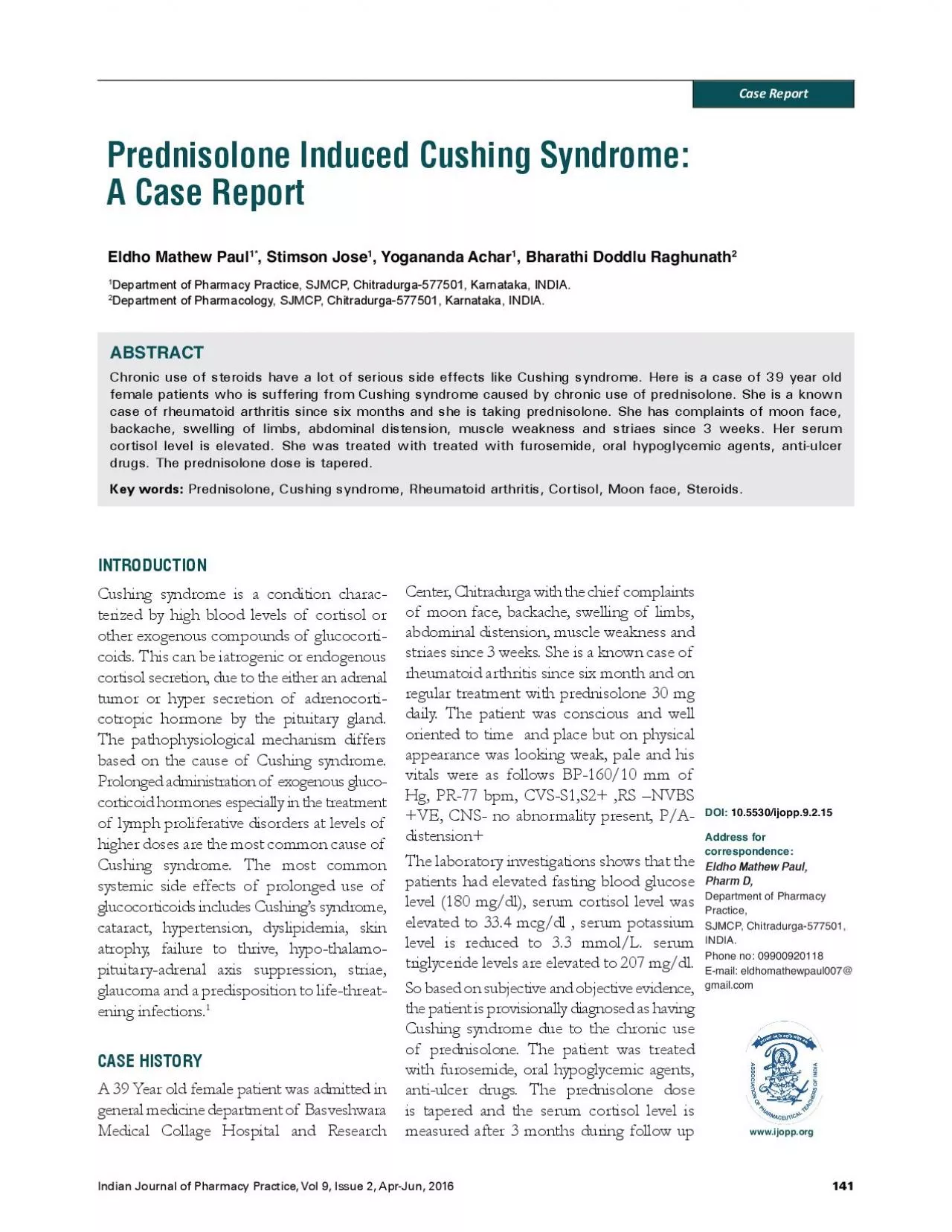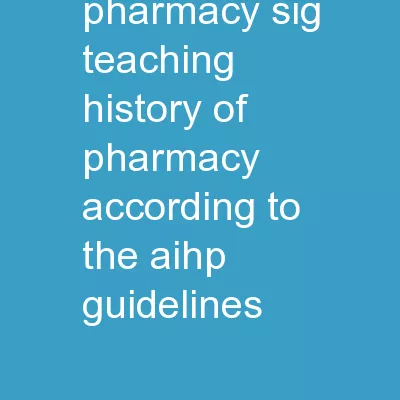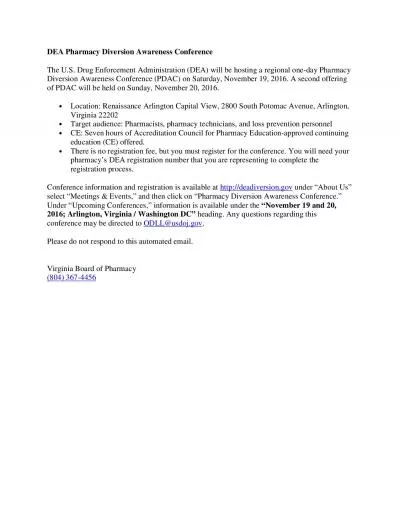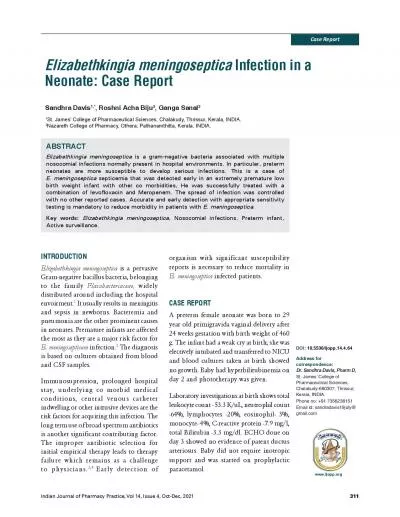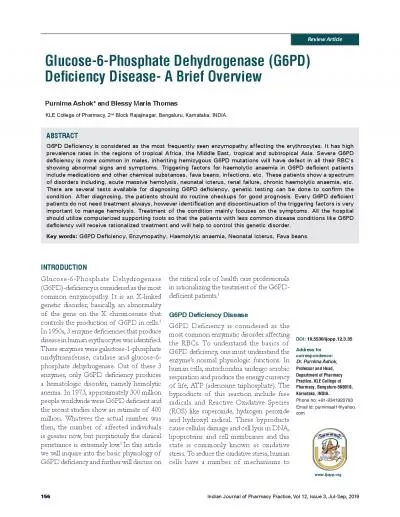PDF-Indian Journal of Pharmacy Practice Vol 9 Issue 2 AprJun 2016
Author : scarlett | Published Date : 2022-08-26
141 Prednisolone Induced Cushing Syndrome A Case Report Eldho Mathew Paul 1 Stimson Jose 1 Yogananda Achar 1 Bharathi Doddlu Raghunath 2 1 Department of Pharmacy
Presentation Embed Code
Download Presentation
Download Presentation The PPT/PDF document "Indian Journal of Pharmacy Practice Vol ..." is the property of its rightful owner. Permission is granted to download and print the materials on this website for personal, non-commercial use only, and to display it on your personal computer provided you do not modify the materials and that you retain all copyright notices contained in the materials. By downloading content from our website, you accept the terms of this agreement.
Indian Journal of Pharmacy Practice Vol 9 Issue 2 AprJun 2016: Transcript
Download Rules Of Document
"Indian Journal of Pharmacy Practice Vol 9 Issue 2 AprJun 2016"The content belongs to its owner. You may download and print it for personal use, without modification, and keep all copyright notices. By downloading, you agree to these terms.
Related Documents

